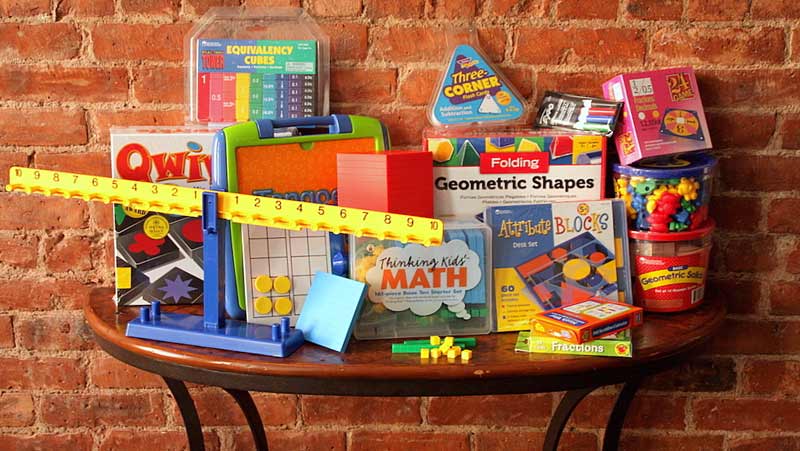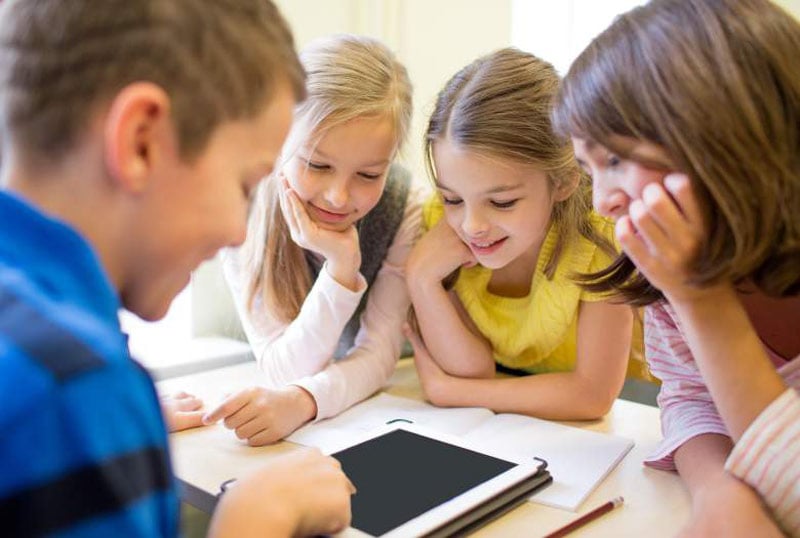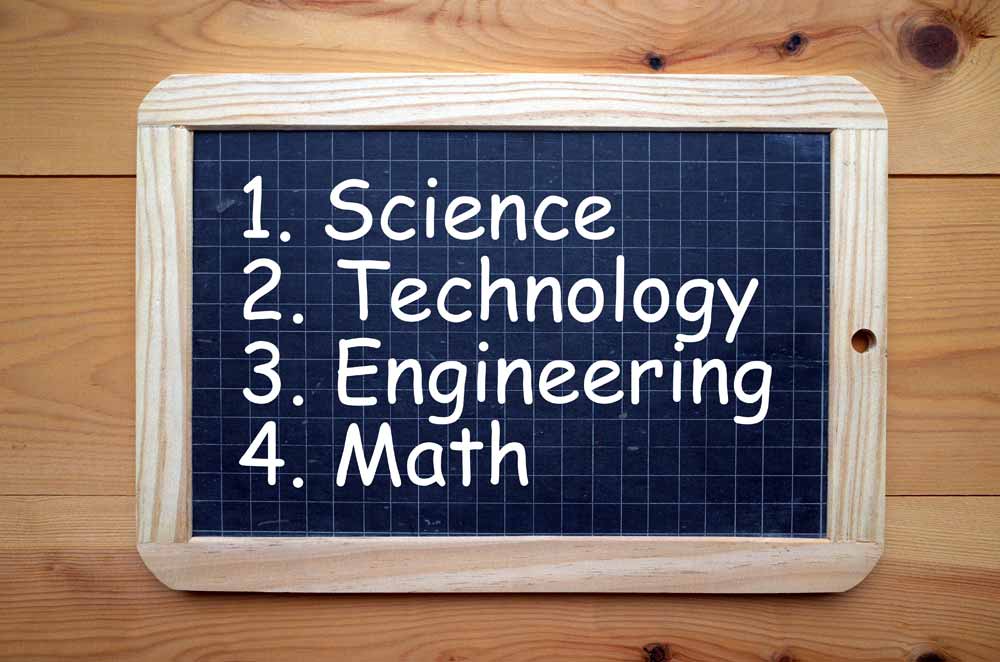By Valerie Strauss
Original Source: The Washington Post
A few weeks ago, the Education page published a Q&A with veteran high school chemistry teacher Jonathan Bergmann about the “flipped classroom,” where students learn lessons at home and do “homework” in class with a teacher’s help. Here is a closer look at local experiments with “the flip.”
For her entire school career, 11th-grader Brooke Gutschick attended classes run in pretty much the same way. Teachers would teach during the day and assign homework for students to do at night. But when the 16-year-old walked into Stacey Roshan’s class last fall, she found that everything was upside down.
Roshan, her AP Calculus teacher at the private Bullis School in Potomac, told students that they would be learning their lessons at home with help from videos and other materials that she had made, and then would do “homework” problems in class.
Roshan had “flipped” her class — a trend in teaching and classroom management that has been adopted by thousands of teachers across the country for a variety of different subjects. It is a reimagination of life in a classroom.
The philosophy behind the flip is that teachers can spend time working with students who need their help in the classroom — and students can work together to solve problems — rather than sitting home alone with work they might not understand and with nobody to ask for help.
Skeptics raise questions about flipped classrooms: How many subjects are really appropriate for this technique? How does it work for students who don’t have computers at home to watch videos or who live in chaotic conditions that make it impossible to absorb new material? What about teachers who deliver inspiring classroom presentations? Won’t students lose something if those lessons are put on video?
But supporters of the flip say teachers are finding ways to flip classes of all kinds — even gym class (where teachers send home explanations for what students will be doing in class and then just let the kids do them during class). And they say there are ways around the other problems. For example, teachers can create other materials for students take home, or offer computer time at school to watch the video.
“My AP Calc class was a really anxious environment,” said Roshan. “It was weird trying to get through way too much material with not enough time. It was exactly the opposite of what I was looking for when I got into teaching.”
She learned about the flipped classroom at a technology conference and realized that it would allow her “to get the lecture out of the classroom” and provide one-on-one time with students.
“This would create an environment where students could really work together,” she said. “It would let me change the dynamic and bring that compassion back into the classroom.”
Gutschick said she thinks her teacher has succeeded. The junior said she made faster progress in math this year than ever before.
About four nights a week, Gutschick watches a different Roshan-made video covering a specific concept. The videos are generally 20 to 30 minutes long, but she said she often stops and goes back to listen to parts she didn’t understand the first time. “This way you don’t have to miss anything,” she said.
In class, she said, she works with the teacher and other students on problems, and no longer has “to sit at home and struggle with my homework.”
Roshan told her mother, Wendy Roshan, a veteran teacher at the private Madeira School in McLean, about her flipped classroom. Her mom, who also teaches AP Calculus, decided to try it using the videos and other materials her daughter had created.
Wendy Roshan, 60, said she was worried she would miss “disseminating the information” herself but quickly realized the flip was “amazing.” No longer would lessons be interrupted by someone who had questions, and no longer would she worry about talking too fast, she said.
Students become more independent learners, she said, because they work with one another more often in class and they get more individual attention. She said she gave her students a practice AP Calculus exam and they did better than ever.
Next year, Stacey and Wendy Roshan are planning to “flip” their algebra II/trigonometry classes — and Stacey is sharing her videos with other teachers who are hearing about her work and asking for help.
What she really likes hearing though, is how much students appreciated her classroom. That includes Justin Schuble, 17.
“It’s more personal than a normal teaching style,” he said. “It’s nice that instead of being lectured in class we can sit and work with other students on problems instead of struggling at home.”
“There is a lot more support with this and it’s a lot easier to learn,” Gutschick said. “You don’t get stressed out about what you are doing.”
 There was a time when handwriting was a major part of the elementary curriculum, and cursive handwriting was explicitly instructed. We still find some handwriting instruction, particularly in the primary grades, but cursive instruction is becoming more and more rare. Why? The resounding reason is that cursive handwriting is considered an obsolete skill. Schools are also pressured to prioritize subjects and instructional time [based on what’s tested], so if science isn’t going to make the cut, certainly cursive handwriting will lose out as well. Whether you agree that cursive handwriting is an obsolete skill or not, I think we can all agree that
There was a time when handwriting was a major part of the elementary curriculum, and cursive handwriting was explicitly instructed. We still find some handwriting instruction, particularly in the primary grades, but cursive instruction is becoming more and more rare. Why? The resounding reason is that cursive handwriting is considered an obsolete skill. Schools are also pressured to prioritize subjects and instructional time [based on what’s tested], so if science isn’t going to make the cut, certainly cursive handwriting will lose out as well. Whether you agree that cursive handwriting is an obsolete skill or not, I think we can all agree that  I LOVE using Hands-On Equations with my students ranging from grades 3 through high school. These are fantastic materials, and now
I LOVE using Hands-On Equations with my students ranging from grades 3 through high school. These are fantastic materials, and now  To iPad, or not to iPad, that is the question: While some educators believe that these recent developments in technology act as distractions or take students further from social interaction, I disagree.
To iPad, or not to iPad, that is the question: While some educators believe that these recent developments in technology act as distractions or take students further from social interaction, I disagree. 